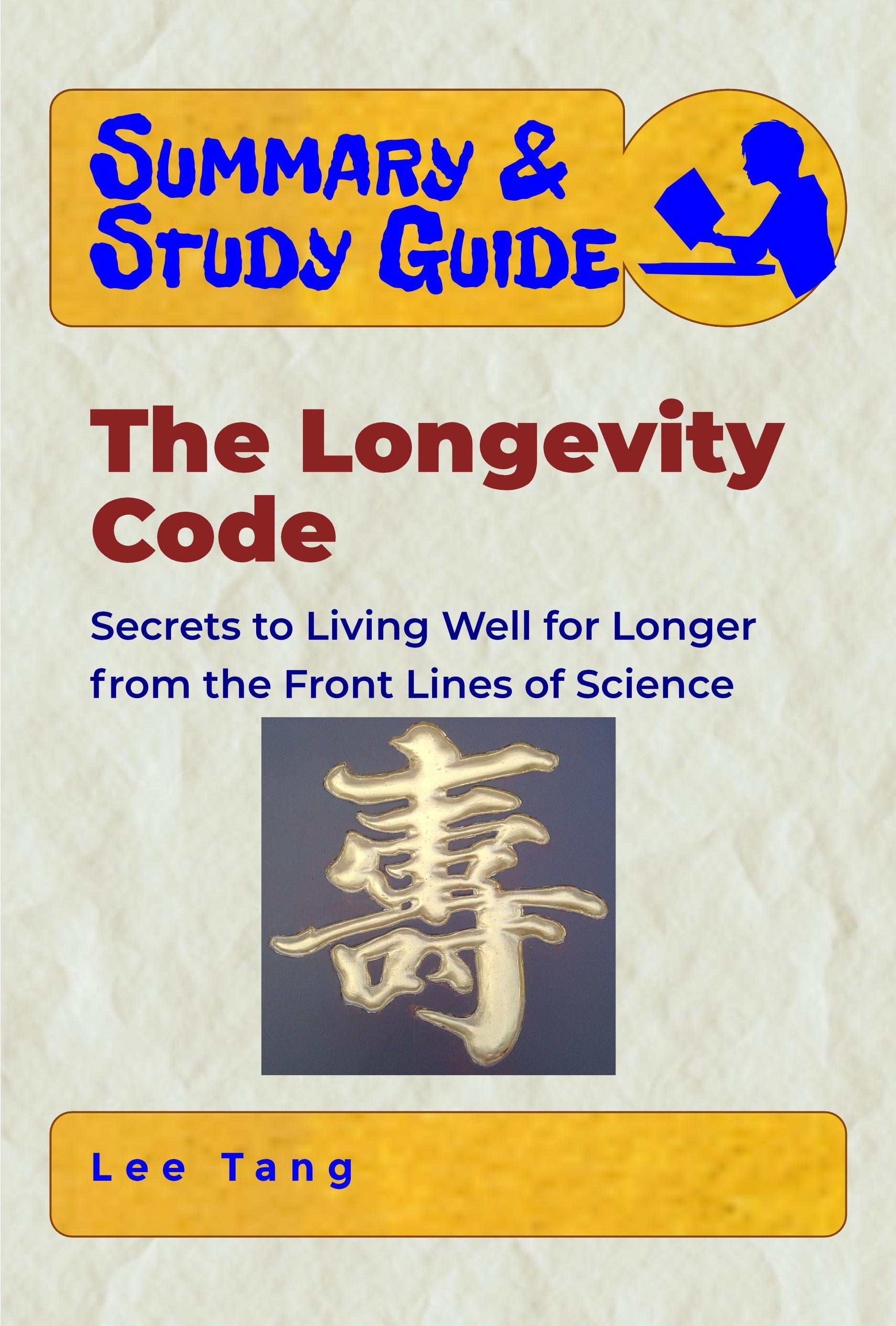
The Secrets to Living Well for Longer.
The must-read summary of “The Longevity Code: Secrets to Living Well for Longer from the Front Lines of Science,” by Kris Verburgh, MD.
This book explains the aging process at work and explores the biological mechanisms that make our bodies susceptible to aging-related diseases such as heart attacks, strokes, dementia, diabetes, and obesity. It also offers a tool called the Longevity Staircase to help us slow down and even reverse aging.
The longevity staircase is a plan for living a longer and healthier life represented in the form of a staircase. Each step contains a method to slow down the aging process and stay young longer.
Step 1: Avoid deficiencies
Step 2: Stimulate hormesis.
Step 3: Reduce growth stimulation.
Step 4: Reverse aging.
The book summarizes current scientific knowledge of the topic, dispels common and persistent fallacies, and offers perspectives on the future.
This guide includes:
Value-added from this guide:
In the 1950s, chemist Denham Harman developed a free radical theory to explain the causes of aging. The theory suggests that free radicals produced by the mitochondria (the energy generators in our cells) can damage our cells and cause us to age. This theory has been proven wrong as recent research has shown that lab animals that produce many free radicals live longer and that antioxidants, which reduce free radicals, do not prolong life.
We now know the four important causes of aging are protein agglomeration, sugars, mitochondria malfunction, and telomeres shortening. This means our diet also plays a significant role in the aging process as protein and carbohydrates (sugars) are important parts of our diet.
Proteins
Proteins are essential for every function taking place within the body. This includes maintaining healthy tissues, assembling hormones, and powering chemical reactions.
The Role of Proteins in Aging
Our body manufactures proteins by chaining together smaller molecules called amino acids. A cell contains millions of proteins. Our body constantly recycles these proteins, but now and then a protein becomes misfolded and clumps together to form aggregates. This agglomeration of proteins plays an important role in aging and aging-related diseases.
| Language | Status |
|---|---|
|
French
|
Already translated.
Translated by Saleem Rustom
|
|
Italian
|
Translation in progress.
Translated by Elena Borri
|
|
Portuguese
|
Translation in progress.
Translated by André Weber
|
|
Spanish
|
Already translated.
Translated by Joaquin Godoy
|